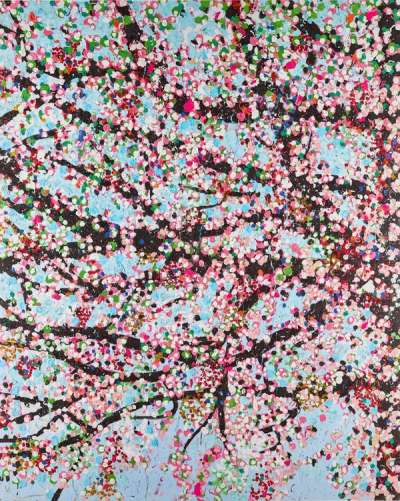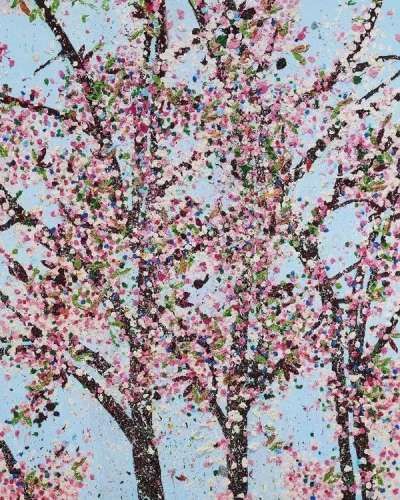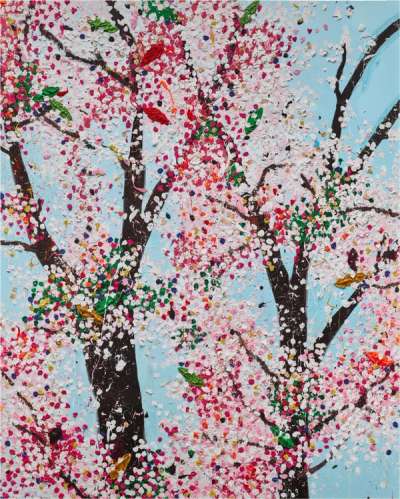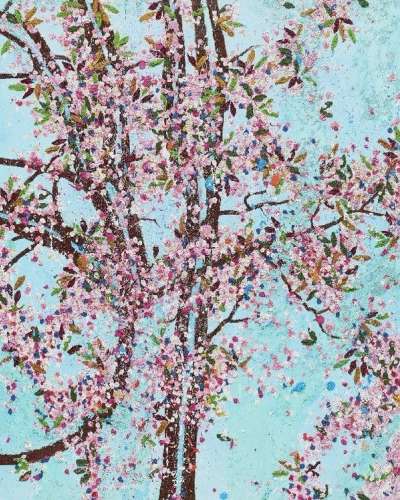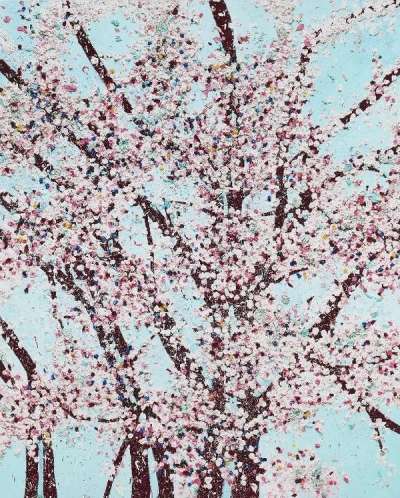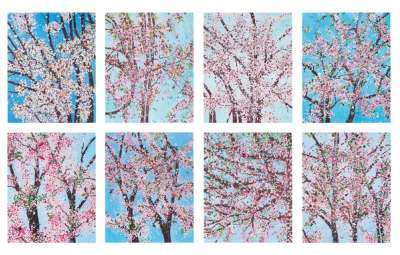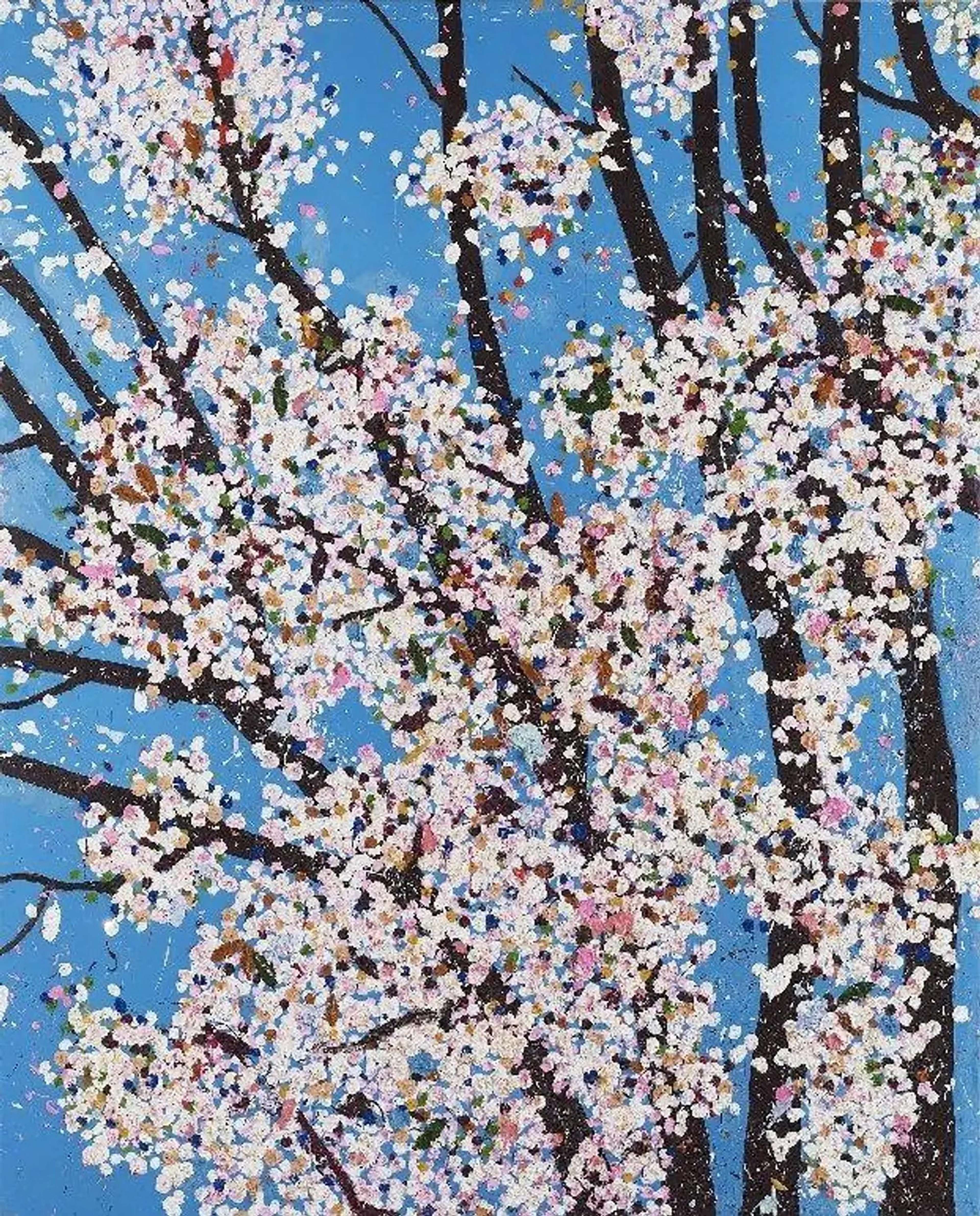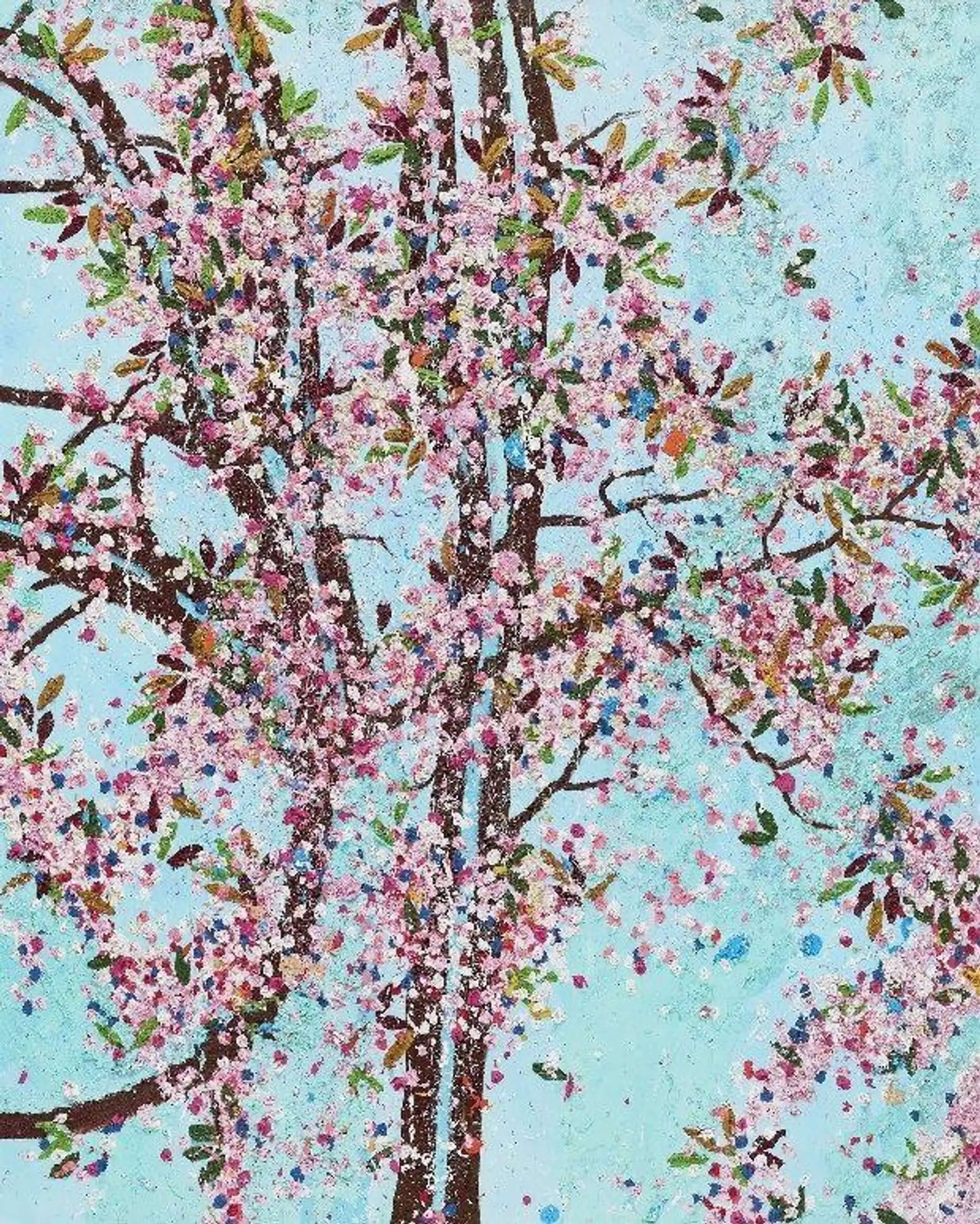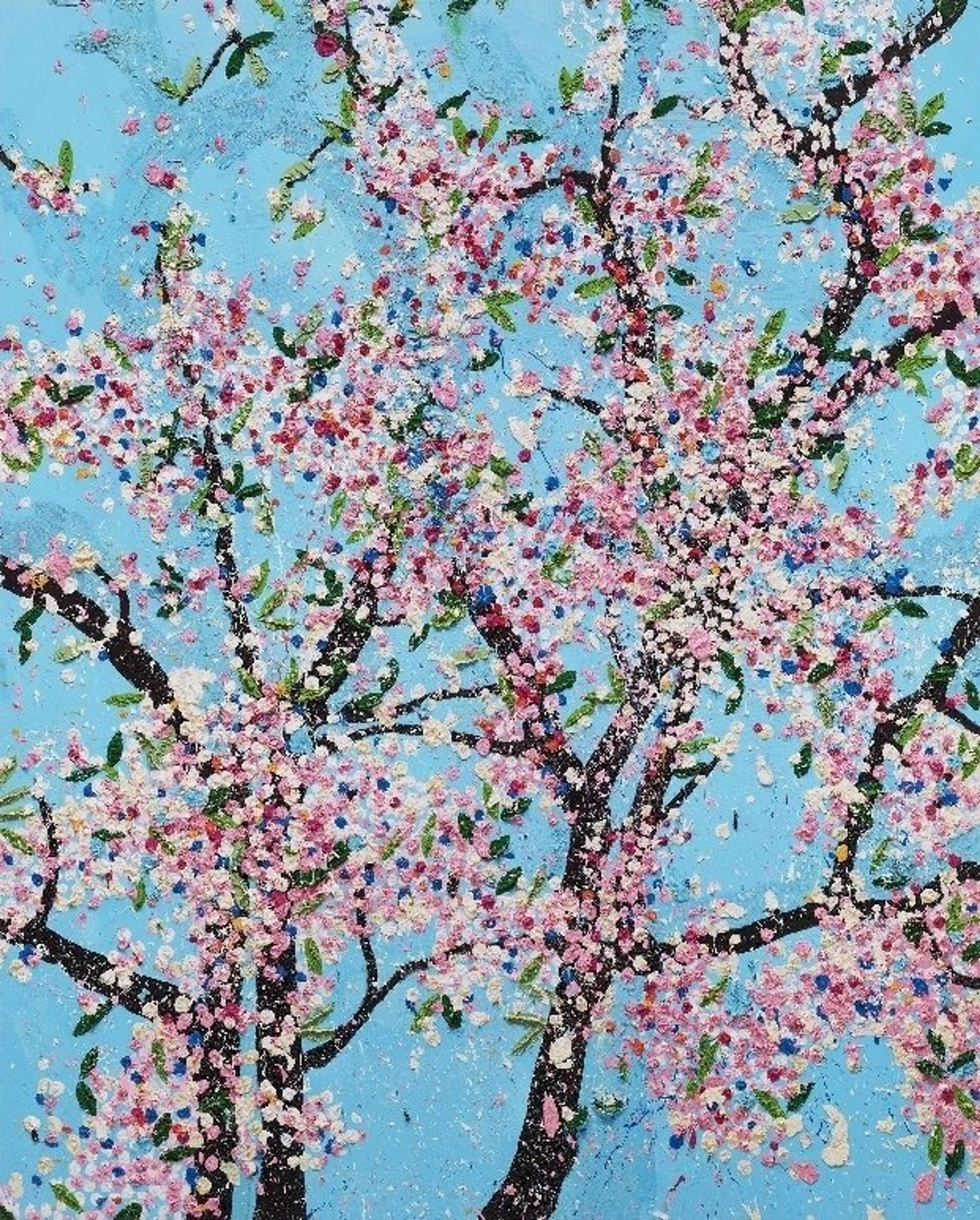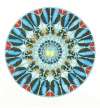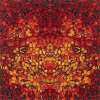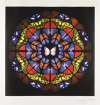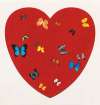H9
The Virtues
A celebratory depiction of blossoming cherry trees, Damien Hirst’s H9 The Virtues was inspired by trees remembered from his Devonshire childhood. As Japan’s national flower, the blossom also symbolizes the Japanese values used to title the eight giclée prints: justice, courage, mercy, politeness, honesty, honour, loyalty, and control.
Damien Hirst H9 The Virtues For sale
H9 The Virtues Value (5 Years)
With £495252 in the past 12 months, Damien Hirst's H9 The Virtues series is one of the most actively traded in the market. Prices have varied significantly – from £3549 to £119055 – driven by fluctuations in factors like condition, provenance, and market timing. Over the past 12 months, the average selling price was £12079, with an average annual growth rate of -8.45% across the series.
H9 The Virtues Market value
Auction Results
| Artwork | Auction Date | Auction House | Return to Seller | Hammer Price | Buyer Paid |
|---|---|---|---|---|---|
 H9-1 Justice Damien Hirst Signed Print | 28 Oct 2025 | K Auctions | £3,103 | £3,650 | £4,250 |
 H9-6 Honour Damien Hirst Signed Print | 24 Oct 2025 | Phillips London | £8,500 | £10,000 | £14,000 |
 H9-8 Control Damien Hirst Signed Print | 22 Oct 2025 | Phillips New York | £6,800 | £8,000 | £11,500 |
 H9-4 Politeness Damien Hirst Signed Print | 24 Sept 2025 | Bonhams New Bond Street | £8,500 | £10,000 | £13,000 |
 H9-5 Honesty Damien Hirst Signed Print | 24 Sept 2025 | Bonhams New Bond Street | £8,075 | £9,500 | £12,000 |
 H9-7 Loyalty Damien Hirst Signed Print | 23 Sept 2025 | K Auctions | £3,613 | £4,250 | £4,950 |
 H9-2 Courage Damien Hirst Signed Print | 25 Jun 2025 | Tate Ward Auctions | £6,375 | £7,500 | £10,000 |
 H9 The Virtues (complete set) Damien Hirst Signed Print | 25 Jun 2025 | Bonhams New Bond Street | £42,500 | £50,000 | £60,000 |
Sell Your Art
with Us
with Us
Join Our Network of Collectors. Buy, Sell and Track Demand
Meaning & Analysis
Hirst’s H9 The Virtues print series are some of his most popular. Studies of the cherry blossom tree, these works hark back to Hirst’s own childhood.
The tree resonates strongly with the artist's youth as he remembers how, at the age of three, he watched his mother painting one in full blossom. Hirst's love for the trees, their natural beauty and elegance grew stronger over time, and he recalls fondly how he was enchanted the tree outside his bedroom window in Devon.
Originally drawn to the way in which the cycle of the cherry blossom tree acted like a clock, with its annual blossoming representing a year passing, the artist explains “I realised that, from a time-passing point of view, the tree meant everything to me: that’s another year, that’s another year. For a while, it just became like a clock. And I kind of love it for that reason.
The cherry blossom is Japan’s national flower and Hirst references Japanese culture through the series name and the title of each print. The print names are derived from the Japanese ‘Eight Virtues of Bushidō’ according to Nitobe Inazō -justice, courage, mercy, politeness, honesty, honour, loyalty, and control. These virtues acted as a moral code concerning samurai attitudes, behaviour and lifestyle and each print is named after a different virtue.
Delicate pinks and blues are used throughout the series to capture the trees in bloom. The soft pinks Hirst uses for the blossoms contrast with the vibrant blue sky, drawing attention to the natural beauty of the flowers. When looked at closely, it becomes apparent that the prints are composed of tiny spots. The influences of Impressionism and Pointillism shine through in the H9 The Virtues series in which Hirst combines thick brushstrokes with intricate spots and delicate gestural lines. Hirst’s use of spots in this series is significant as the artist has a longstanding obsession with the use of spots in his artworks. Known for his methodological approach to art and precision, Hirst often experiments with spots and circles, with the most iconic example being Hirst’s spot paintings which the artist produced from 1986- 2011.

